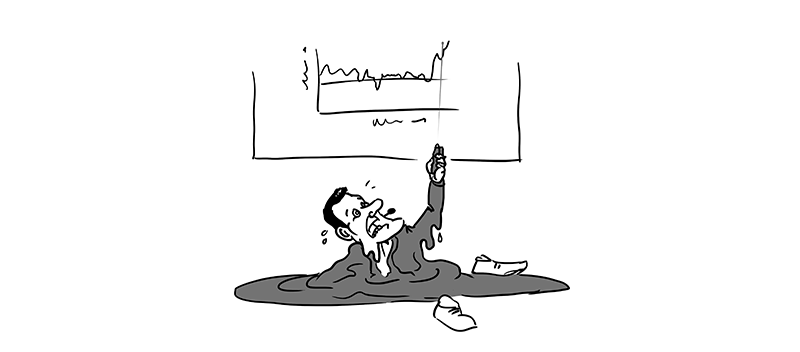#Heres #retiring #early #isnt #worth #check #youre #missing
If the choice about how to retire was based only on the age of leaving the world of work, saying yes to early exit measures would probably be inevitable. However, deciding when to retire inevitably involves checking the usual cost-benefit ratio.
In fact, in today’s pension system, there is no measure that allows early exit without negatively impacting the amount of pensions. The amount will in fact be lower if the exit occurs early. Today we will analyze the factors that the worker should consider when choosing whether or not to advance his pension.
The contributions paid and how they affect early pensions
Whether it is the contributory system or the salary system, the principle remains: the more you work and the more you pay contributions, the greater the amount of the pension received. In the salary system, pensions are calculated on the basis of the latest wages, while in the contributory system, they are based on the amount of contributions paid.
Since contributions are proportional to salary (the higher the salary, the higher the contributions), those who work longer accumulate a larger pension. A pension with 40 years of contributions is very different from one with only 30 years. As a result, those who have paid contributions for 40 years will receive a larger check than those who have only paid 30.
It is obvious, therefore, that early exit with 30 years of contributions, for example with the social Ape, entails a clear penalization of the allowance compared to a career that continues until reaching the age of 67.
Here’s when retiring early isn’t worth it and how to check what you’re missing out on
Another factor that makes the pension allowance lower for those who leave early is the issue of transformation coefficients, which are used to convert the amount of contributions into a pension.
These coefficients are less favorable the lower the age at which the worker decides to leave work.
Consequently, those who leave early will receive lower treatment than they would normally have received, due to the unfavorable coefficients.
For example, leaving at 65 involves the application of a coefficient of 5.352%, while leaving at 67 leads to 5.723%. Leaving at 65 therefore means suffering a double penalty: first, due to the less favorable coefficient and, second, because you pay two fewer years of contributions.
Early pensions are often penalizing
Speaking of calculating the amounts, the penalties for those who leave early are also evident in the available measures. These provide for allowance penalties and unfavorable calculation rules, as if the worker were being asked to make a sacrifice on the altar of early retirement.
For example, opt for quota 41 for early workers rather than for ordinary early pensions, it penalizes the worker, because it allows them to leave with 41 years of contributions, equal to one year and 10 months less in contributions and at a younger age. With 41 years of contributions, there is also quota 103, but those deriving from this measure are added to the penalties already mentioned.
Anyone who has paid 41 years of contributions has a fairly deep career in the salary period and would be entitled to the most favorable salary calculation for the periods up to 1996, extendable until 2011. However, with quota 103, these rules are not valid and l The entire pension is calculated with the contributory system, and in addition, the pension cannot exceed four times the amount of the minimum pension.
Social Ape and all other measures that provide for allowance cuts
The Social Ape is an early treatment accessible from 63 years and 5 months of age. With a minimum of 30 or 36 years of contributions. The pension cannot exceed 1,500 euros per month and, for the entire duration of the advance up to the age of 67, the thirteenth is not received.
The pension is not adjusted for inflation and you do not benefit from additional payments such as increases, fourteenths or family allowances.
Failure to index clearly penalizes the pension. In fact, every year, ISTAT records inflation and INPS adjusts treatments according to a provisional rate. Which this year is 5.4%, but applied at a variable rate depending on the amount of the check.
Women’s option, huge pension cuts, but it’s not the only measure
The pension with the women’s option is also entirely calculated with the contributory system. Female workers, both from the old and new systems, who leave with this option starting from the age of 58 for employees and from 59 for self-employed workers, receive penalized treatment, based on at least 35 years of contributions.
The same goes for disabled, fired and caregivers. Or those facing corporate crises, who from 2023 are the only ones who can leave their jobs with this measure. In conclusion, it is clear that leaving work early is penalizing for those who wish to maximize the benefits of their contributory career.
Those who are close to retirement under the ordinary rules would do well, if possible, to continue working in most cases, especially if they are close to ordinary early retirement and could only give up a few years early.









:format(webp)/nginx/o/2024/05/18/16081917t1h1f3a.jpg)

